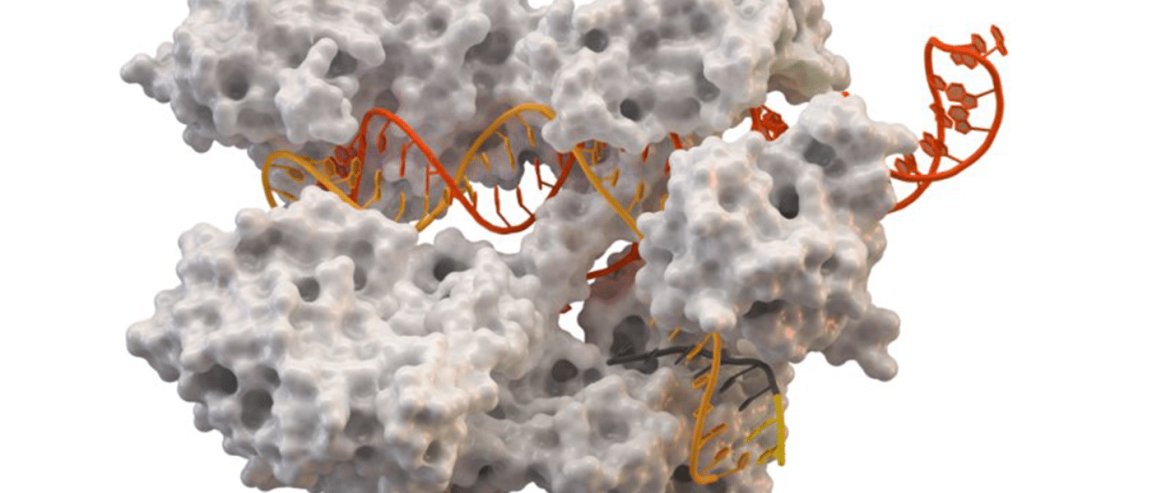
Meet CasX and CasY
Researchers from the University of California, Berkeley have discovered new CRISPR-Cas systems, the gene-editing tool currently revolutionizing the field. In their study, which is published in Nature, the team reports that they’ve found two new bacterial Cas proteins as well as the first-ever archaeal Cas9 protein.
The researchers spent the past 10 years reconstructing the genomes of microbes they’d collected from a variety of environments — everything from groundwater and sediment to acid mine drainage biofilms and infant gut. The result of their work is a terabase-scale genomics collection of microbes. A vast majority of these were previously uncultivated, meaning that they hadn’t been grown in isolation before. This is particularly significant because the CRISPR-Cas techniques currently in use were developed from bacteria cultured in labs.
The team looked for the characteristic repeated sequences and found, as CRISPR researcher Rodolphe Barrangou told The Scientist, “gold out of the metagenomic dark matter.” Sequences that controlled the Cas9 protein were located in two archaea genomes — an interesting find, since Cas9 was previously only found in bacteria.
Furthermore, the group uncovered new CRISPR-associated proteins (Cas) among bacteria. The new proteins, which they called CasX and CasY, were composed of around 980 and 1,200 amino acids respectively. “They’re really small, especially CasX,” said Banfield. “That means it’s potentially more useful.”

A Better CRISPR System?
CRISPR, or clustered regularly interspaced short palindromic repeats, is a natural defense mechanism found in some prokaryotes. Together with the Cas protein, the system cuts and stores nonnative DNA from invaders, such as viruses. This allows the organism to retain a genetic memory of that invader, which it can then reference to quickly identify the invader if it’s encountered again in the future.
Among the numerous CRISPR-Cas programs, the class 2 system, which typically uses the Cas9 nuclease, has been studied the most, and in recent years, it has been adapted as a technique in biotechnology. Using the CRISPR-Cas9 system, scientists can target specific intervals of genetic code in living organisms and then cut and edit those genes more accurately than ever before.
Because archaea differ from bacteria biologically, finding a Cas9 protein in archaea presents an interesting new area of study in CRISPR research. Banfield believes that there may be components of the system that differ and that these differences could offer new information that could improve current biotech methods. Similarly, Rotem Sorek of the Weizmann Institute of Science in Israel sees the smaller size of the newly discovered CasX and CasY proteins to be promising since “the delivery of small genes into cells is much easier than the delivery of large genes.”
Banfield is hopeful that more useful discoveries could be found using metagenomics: “This is a case in point for what I think will be an avalanche of new proteins and pathways and systems that hold unimaginable biotechnology and medical value.”